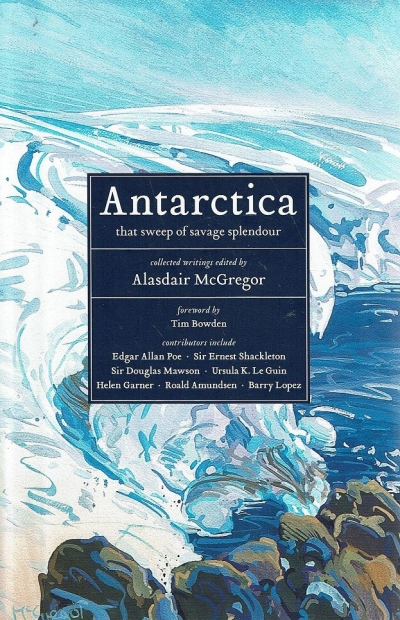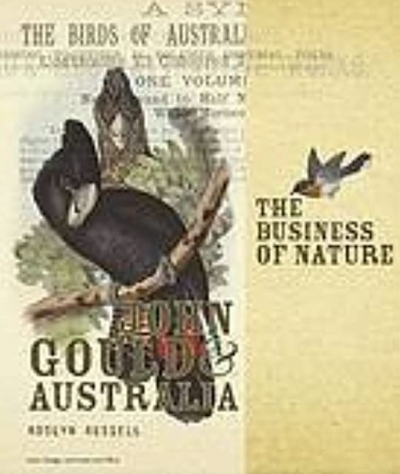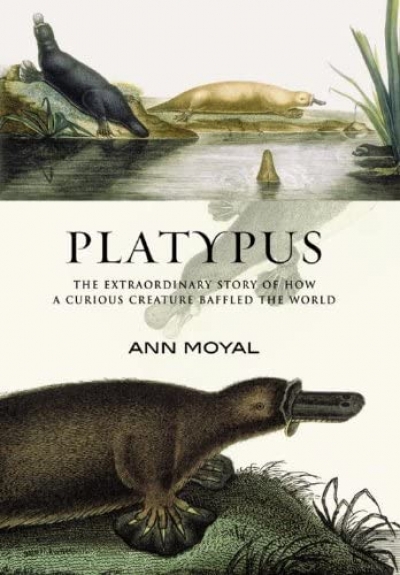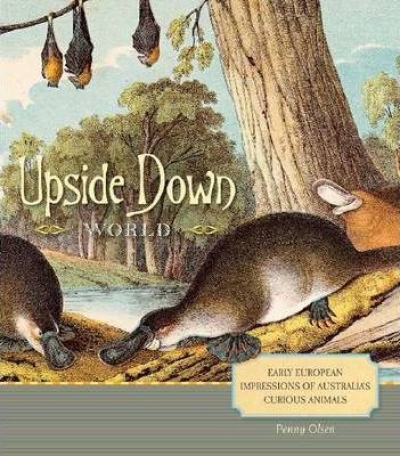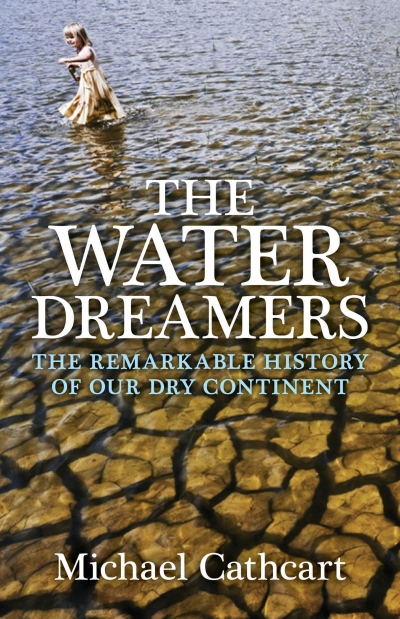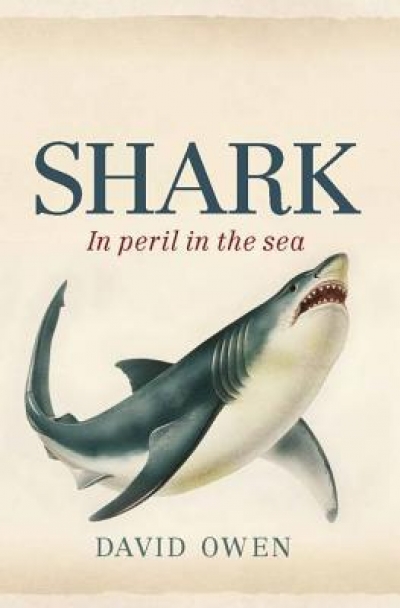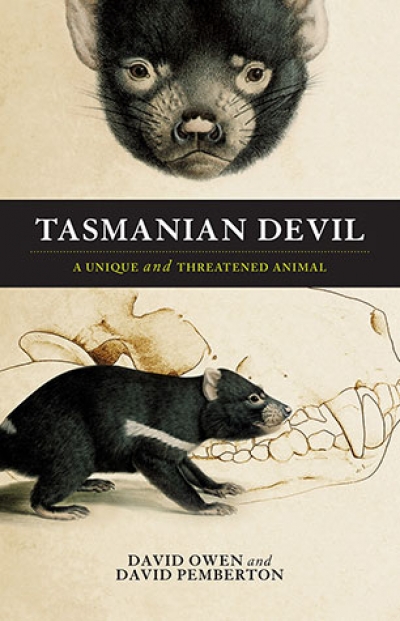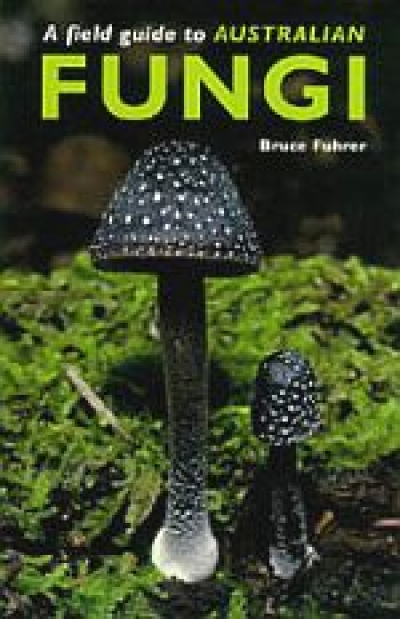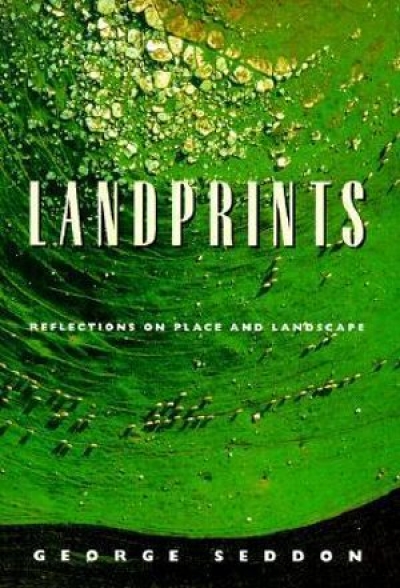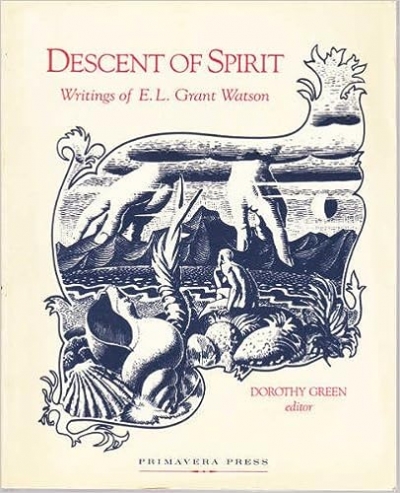Natural History
Antarctica: That Sweep of Savage Splendour edited by Alasdair McGregor
by James Bradley •
The Business of Nature: John Gould and Australia by Roslyn Russell
by John Thompson •
Upside Down World: Early European Impressions of Australia’s Curious Animals by Penny Olsen
by Peter Menkhorst •
The Water Dreamers: The remarkable history of our dry continent by Michael Cathcart
by Rosaleen Love •
Tasmanian Devil: A Unique and Threatened Animal by David Owen and David Pemberton
by Emily Fraser •
Landprints: Reflections on place and landscape by George Seddon
by Stephen Muecke •
Descent of Spirit: Writings of E.L. Grant Watson edited by Dorothy Green
by Jennifer Dabbs •

